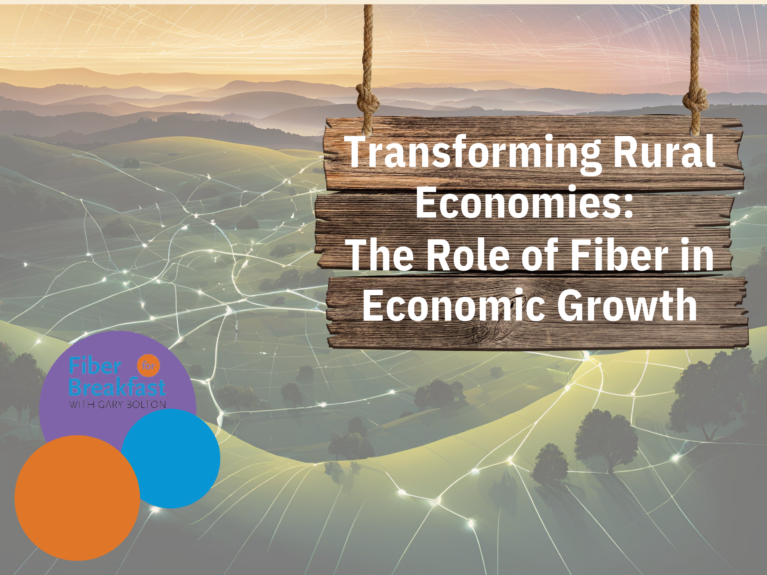BroadbandNow Launches New ML Tool to Track Fiber Availability
BroadbandNow Launches New ML Tool to Track Fiber Availability
Fiber-optic cables are the gold standard for broadband infrastructure. With its unparalleled data transmission speed and reliability, fiber is poised to become even more critical. It will not only cater to escalating data consumption, but also enable innovations in artificial intelligence, virtual reality, and smart cities, fundamentally reshaping our interaction with technology and each other.
With fiber becoming critically important to consumers, BroadbandNow has launched a new tool that leverages machine learning algorithms to identify the availability and penetration of fiber broadband. BroadbandNow Editor-in-Chief Tyler Cooper highlighted this innovative approach on this week’s Fiber for Breakfast episode.
BroadbandNow operates a massive database of internet plans and pricing from across the nation, with 1.5 billion rows of data and over 8 million visitors every year. The company recently set out to track fiber adoption (actual subscription vs. availability) rates across the U.S. broadband market to provide valuable insight into the status of the digital divide, how it impacts all Americans, and what the industry can do better to close it. However, tracking adoption is difficult because data on the adoption of specific types of technology is often not publicly available.
“We have developed a machine learning algorithm capable of analyzing vast amounts of raw speed test data to identify which tests were conducted over fiber connections. This is based on the unique performance benchmarks of fiber technology, like symmetrical upload/download, latency, and round-trip time. We’ve found that the algorithm has an accuracy of 95% and we’re actively working to improve it every day,” Cooper noted.
BroadbandNow researchers leveraged their internal fabric of nationwide broadband availability data to create four snapshots of fiber availability ranging from December 2021 to June 2023. This data was analyzed using nearly 300 million speed tests to determine which demonstrated the unique characteristics of fiber technology.
The initial study confirms that fiber access now reaches over 50% of consumers, but the algorithm suggests fiber penetration rates remain flat, which conflicts with public data and FBA’s recent research. FBA’s studies have leveraged consumer surveys, service provider surveys, and public data to create a model that shows fiber penetration rates are much closer to access rates.
To learn more about the state of fiber in the U.S. and differing research techniques, listen to the full episode on the Fiber for Breakfast podcast.
To view BroadbandNow’s research, visit https://broadbandnow.com/research/fiber-penetration-trends.



